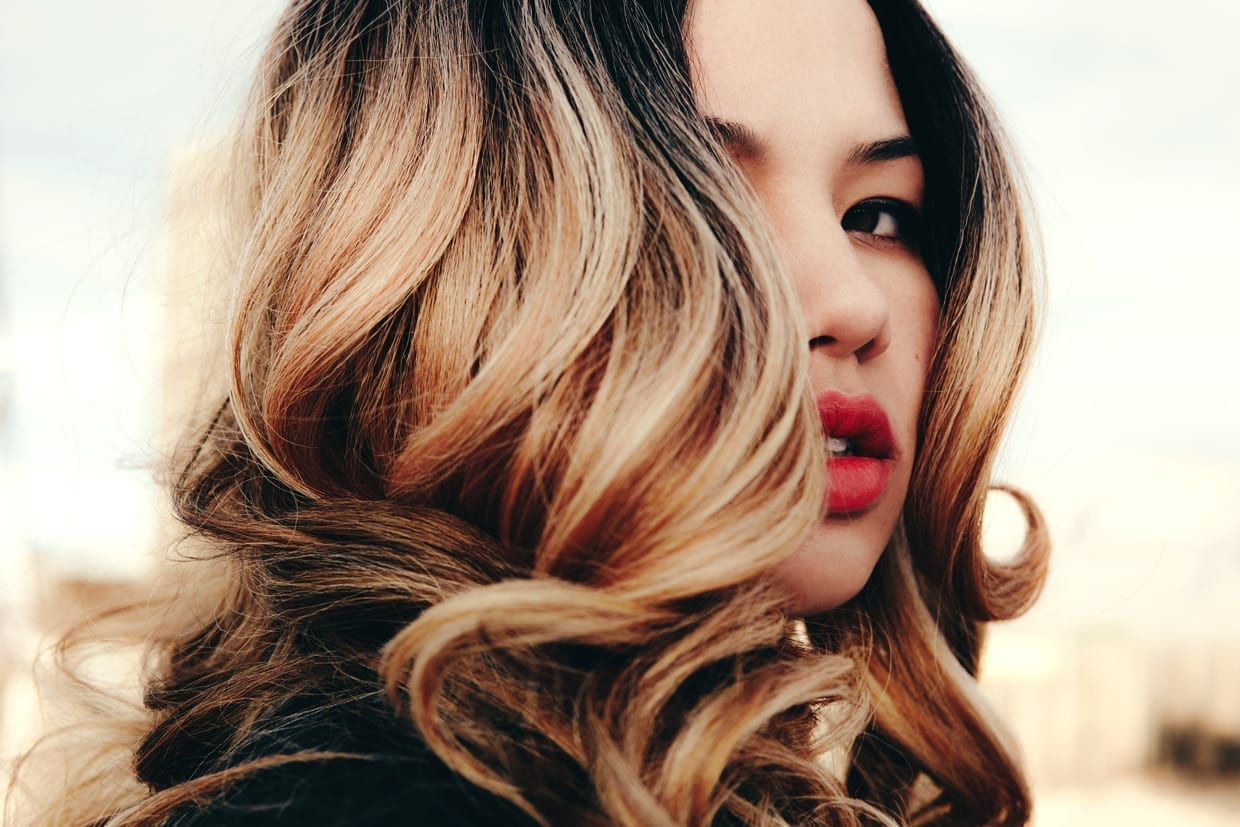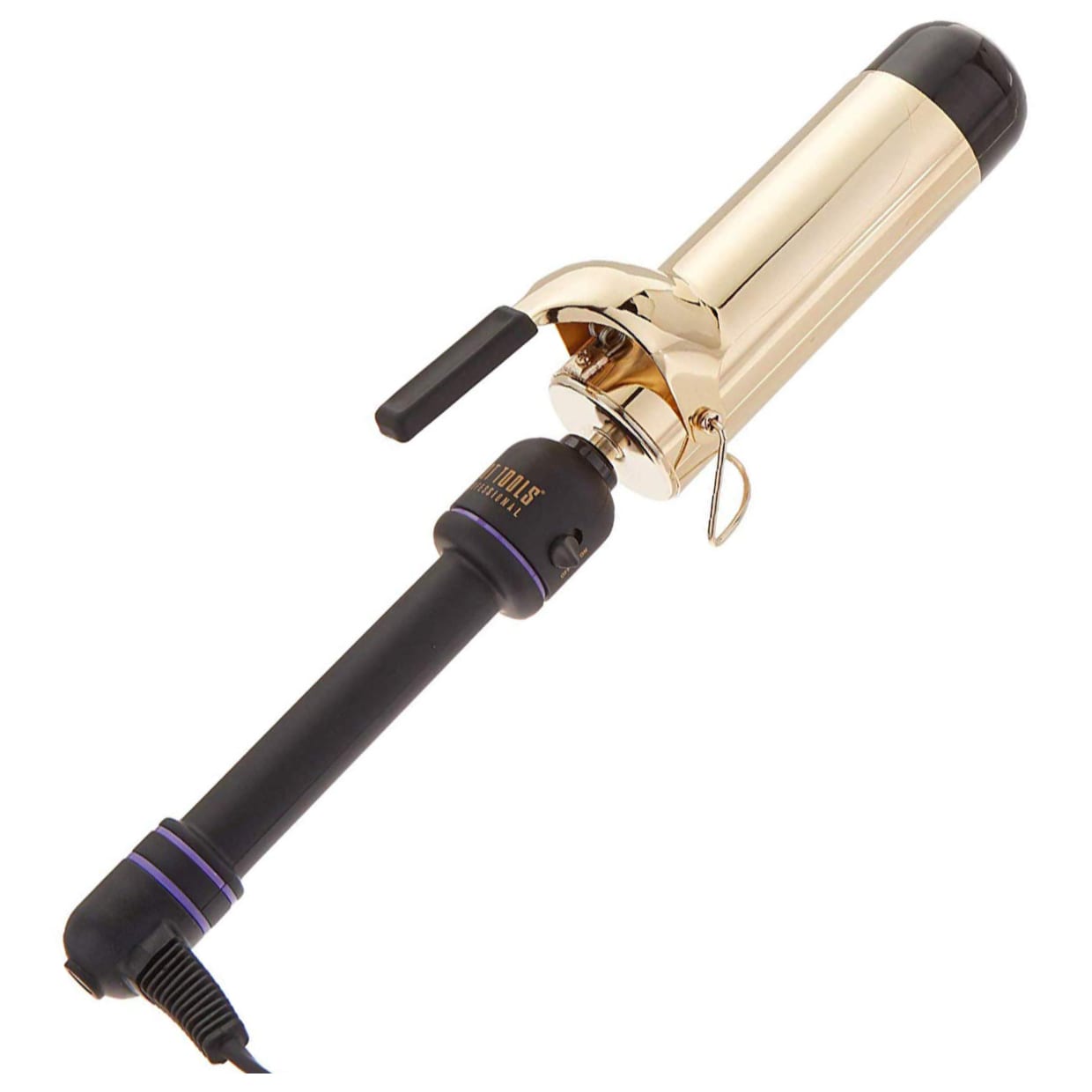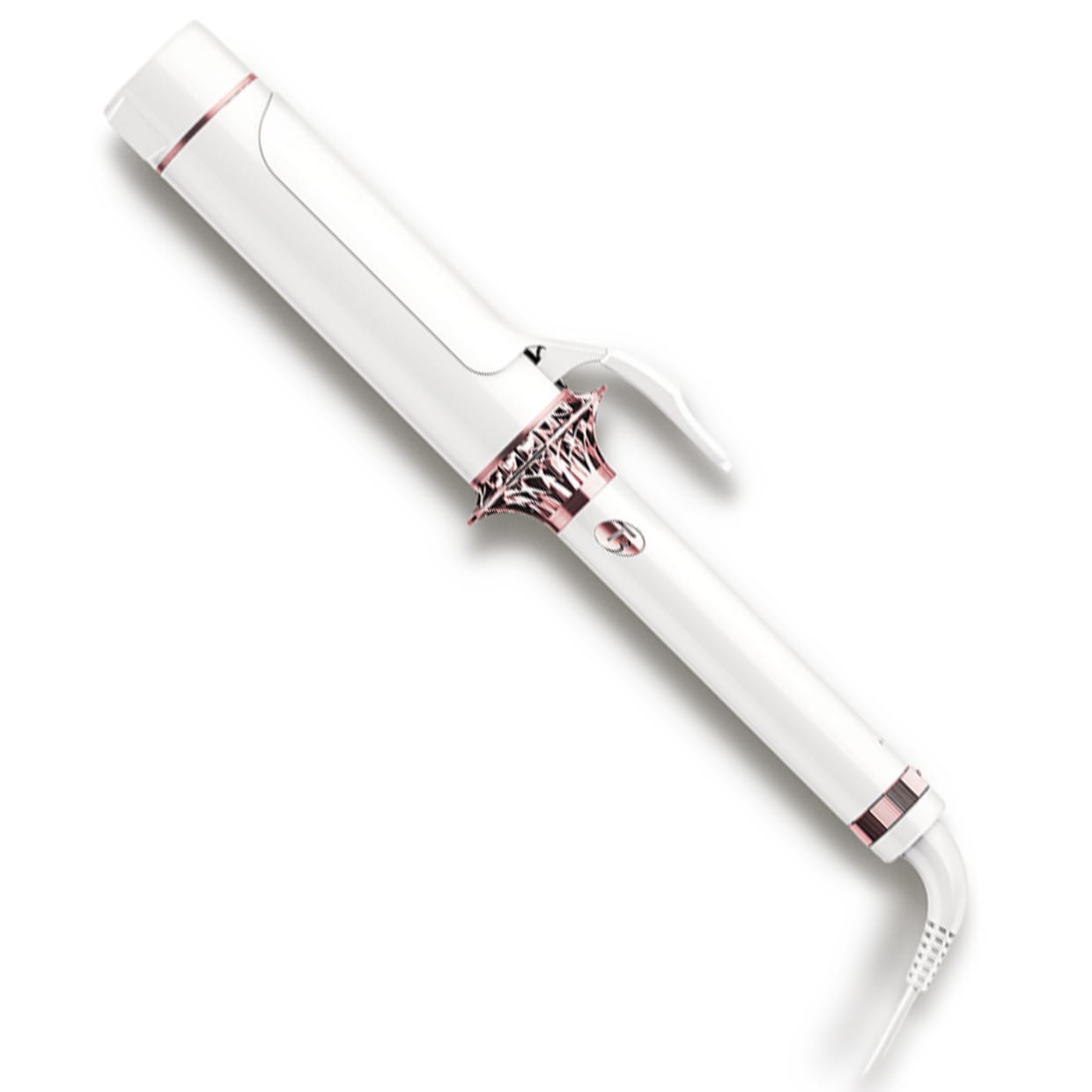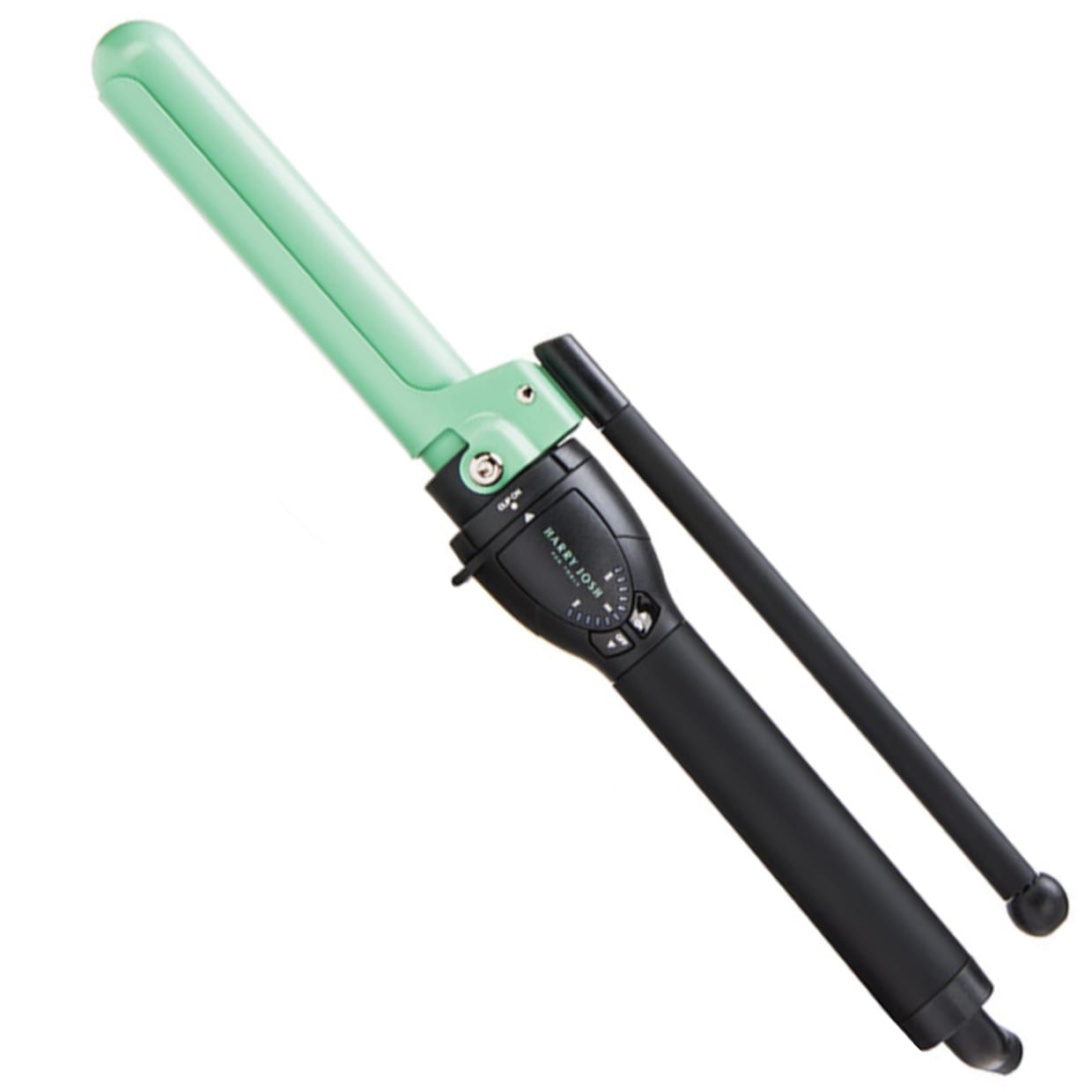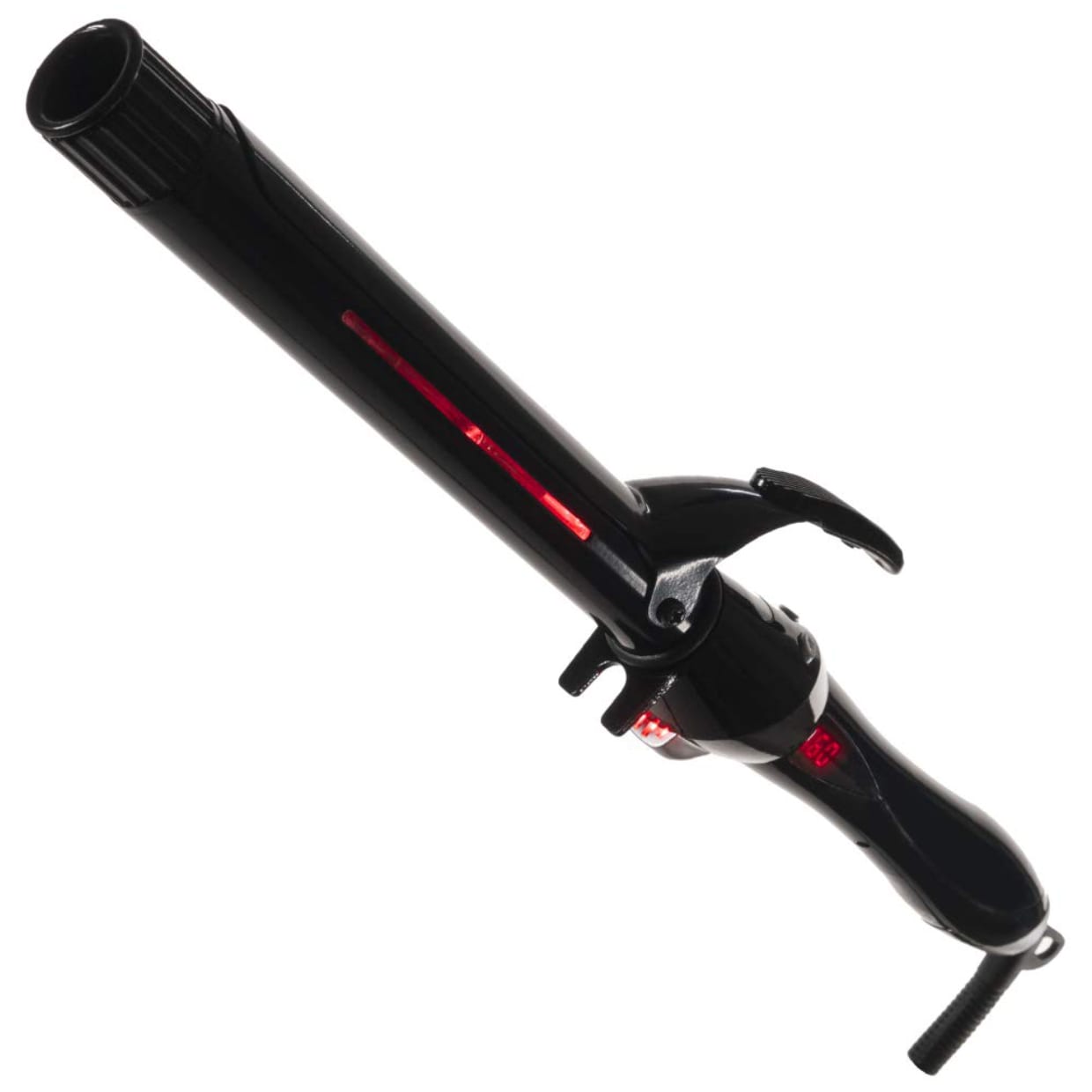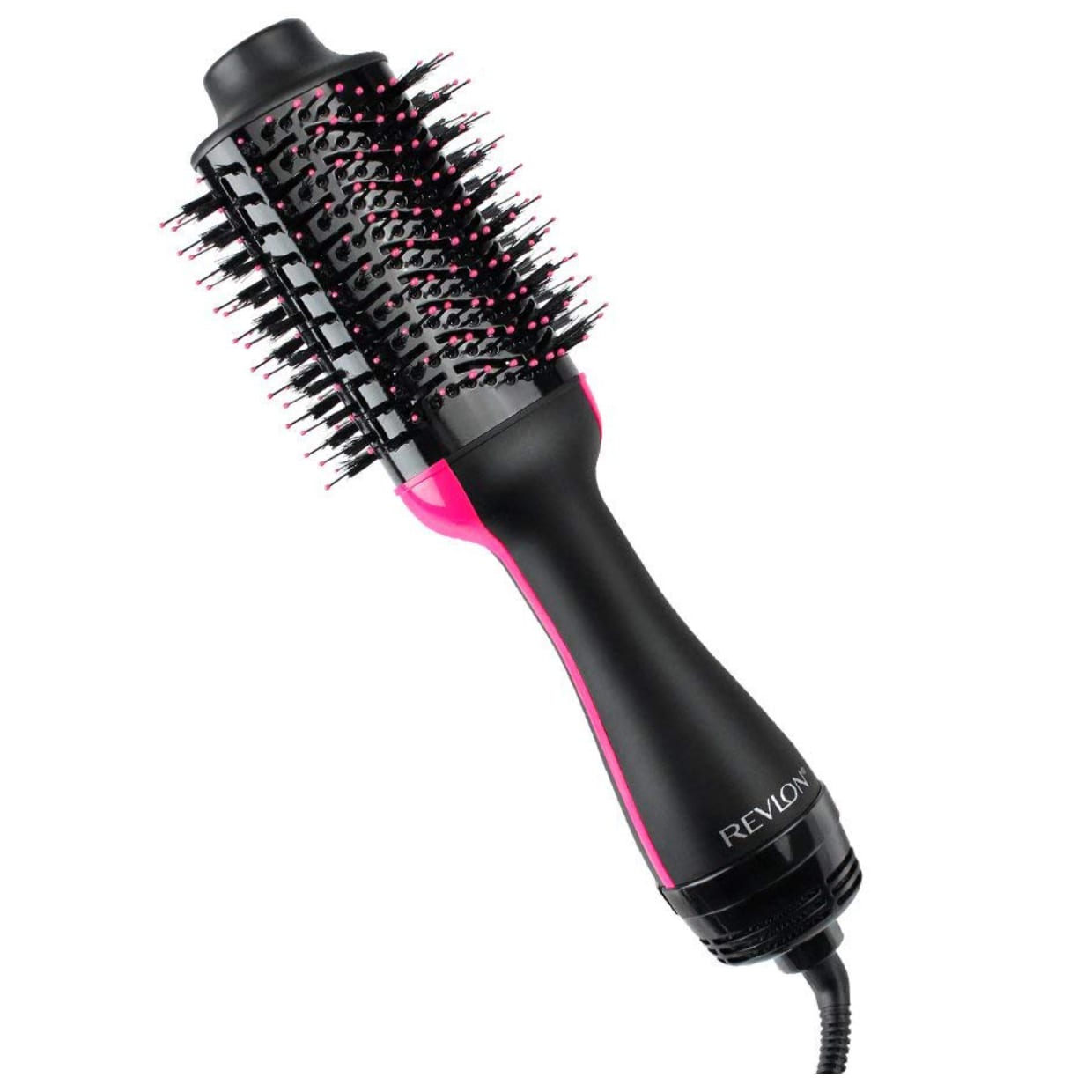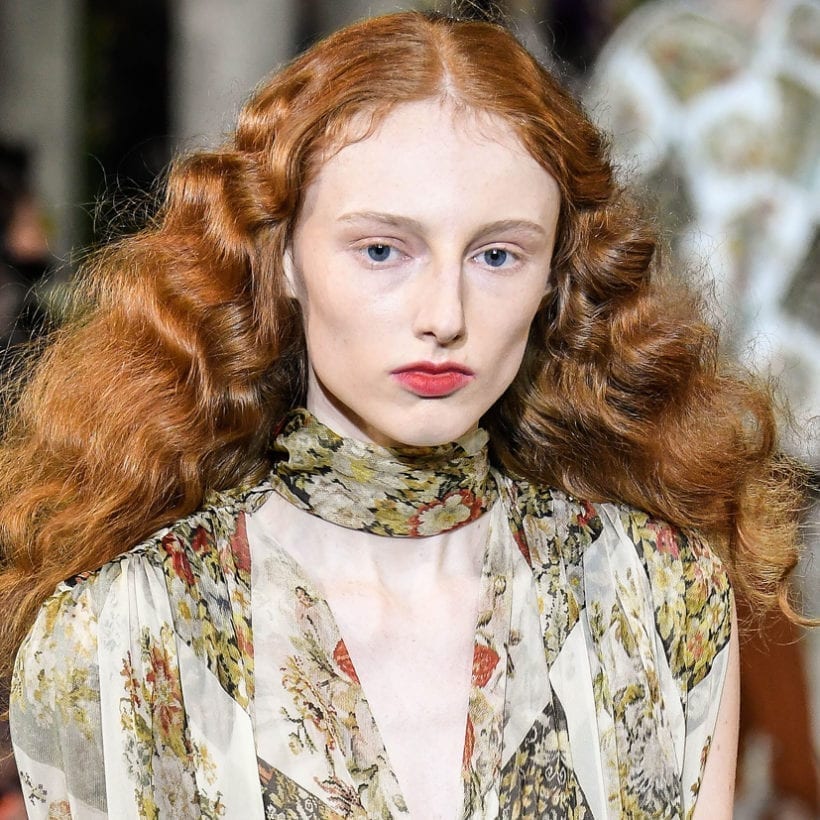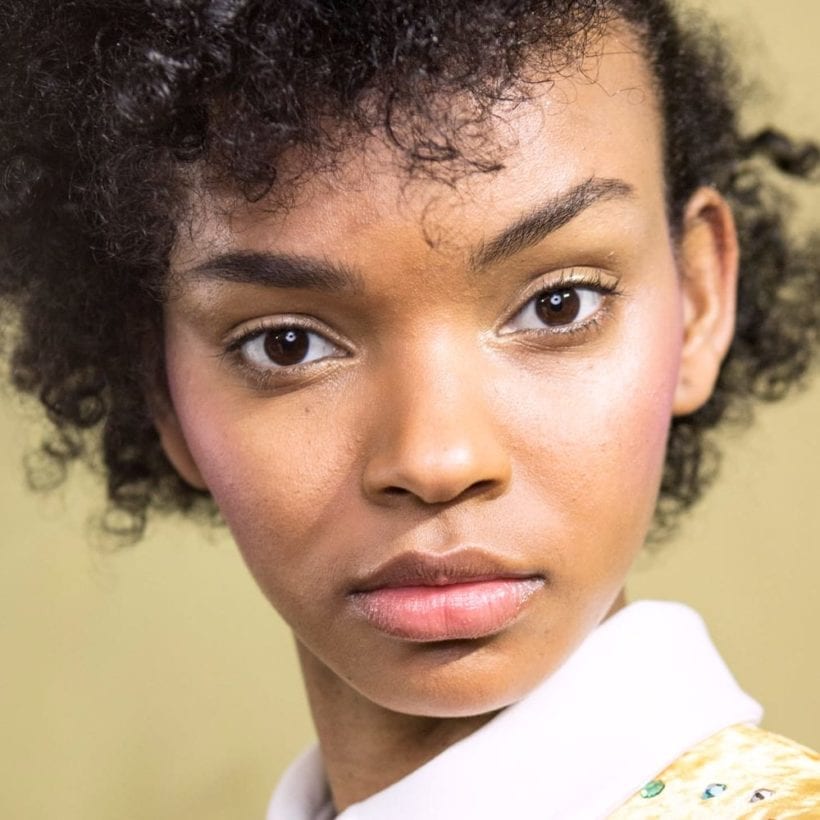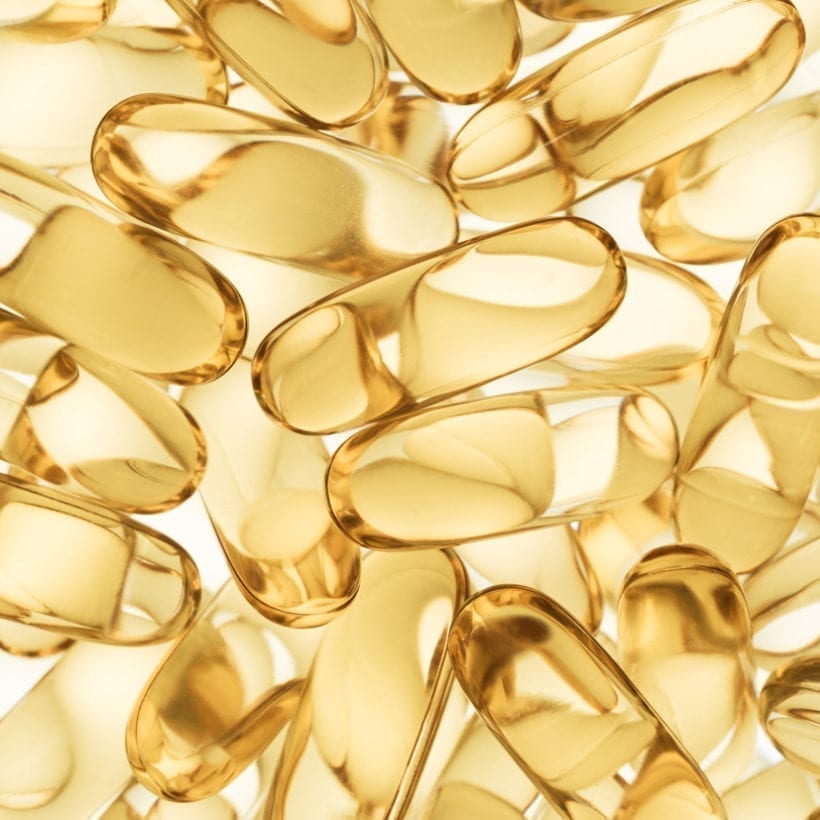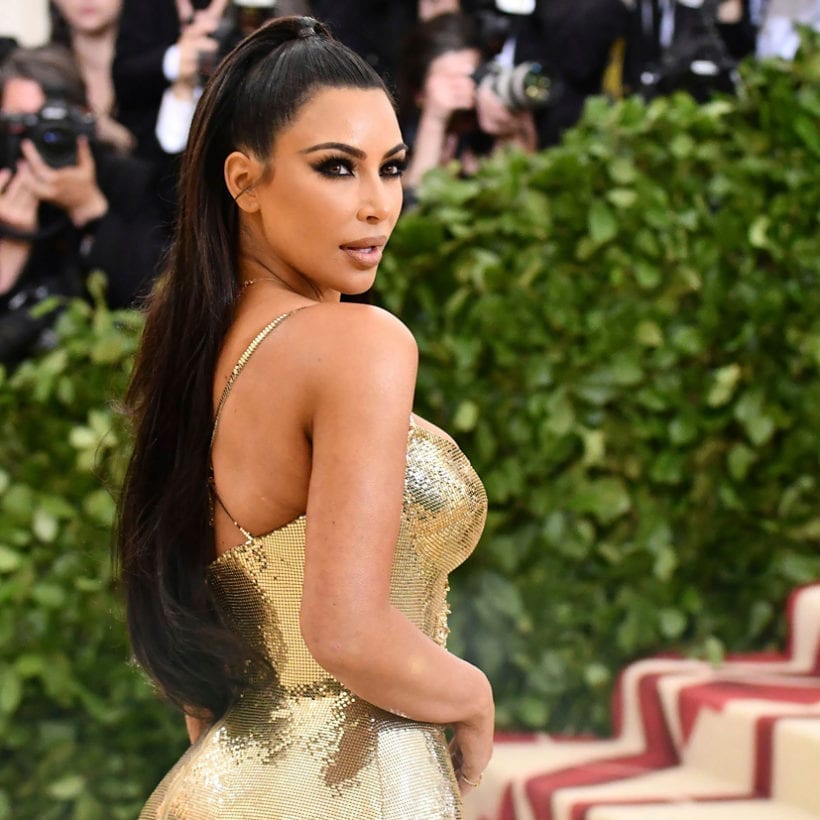When it comes to curling irons, most of us reach for a hot tool with a one or two-inch barrel (aka, the rod). However, these aren’t the only curling iron sizes available and they might not even be the best size for the hairstyle you are trying to achieve. “The size of a curling barrel will vary [depending on] the overall curl style,” notes Gina Rivera, founder, president and hair expert at Phenix Salon Suites.
The general rule is: “The larger the barrel, the more wave you create, the smaller the barrel, the tighter the curl,” she adds. “If you would like to loosen up your curl to have a defined wave, then I would suggest using a larger barrel, like 2 inches,” she notes, adding that it creates a beach wave effect. “If you want to maintain the curls you have [or add more defined curls], use a 1 to 1.5-inch barrel.”
The looser the curl, the more space you want between spirals and the tighter the curl, the less space you want between each twist around the curling iron. However, curl size isn’t the only thing that determines the best curling iron size for your hair — it also depends on your hair type, as well.
Coily Hair: If you have coily hair and want to loosen them up to create more of a wave effect, Rivera recommends using a curling iron with a 2-inch barrel. However, if you want to maintain your natural coil and create a more refined look, she says to avoid the curling iron and “wet the hair, apply a styling cream or gel, then twist the hair in sections” instead, as a curling iron might tamper with your already beautiful definition.
Curly Hair: “The idea here is to smooth [and] defrizz curls, not lose them,” says Rivera. “So, look for a wide-barrel curling iron — one with a 1.5-inch barrel or higher — [and] run the iron through the hair quickly to smooth [and] define curls,” she notes.
Thin/Fine Hair: Thin or fine hair “has a tendency to lose curls quite quickly,” explains Rivera. This isn’t caused by the texture of the hair, but instead by the shape of the strand. “Straight hair will be more cylindrical in shape whereas curly hair will appear more elliptical and flat,” she remarks. Simply put: Strands that are more flat hold a curl better, which explains why those with thin or fine hair typically have straighter, or less-defined curls and waves. She suggests using a 1-inch or smaller curling wand to “initially create tight curls that will naturally fall to a beautiful wave.” Another hot tip? “If you want your curls to stay all day, then you must try tools with infrared technology,” suggests Rivera. “The infrared technology allows you to use less heat to form a particular style. [It] works from the inside out, therefore you are able to quickly reform the hydrogen bonds [in the hair] which helps define the style while limiting the overall high heat exposure.”
Thick Hair: For thicker hair types, Rivera says to reach for a 1.5-inch barrel, depending on the overall effect you are going for. “This is a good everyday size that, depending on your sectioning [thicker or smaller sections], you can create both tight and loose curls,” she explains.
Short Hair: If you have a short hairstyle such as a lob or bob, you might find it especially challenging to wrap your strands around a curling iron. While you can achieve a wavy effect by wrapping pieces around a curling wand or even spinning a straighter through your hair to create a curled effect, Rivera prefers a thermal styling brush as “traditional curling irons can be a bit unwieldy when it comes to styling short hair.” This two-in-one hot tool “smooths while providing a quick curl [or] wave” and is easy to work through short strands.
In addition to products and ingredients, Rivera recommends taking a closer look at the type of curling iron in your arsenal. “As a minimum, look for a ceramic-coated iron — this will help evenly spread the heat so not one section of the hair is overexposed, [which] will limit heat damage,” she notes. Another key benefit to look for? Choose an iron that comes with heat settings and allows you to adjust the heat. “There are lots of irons that tout their ability to heat up to 450 degrees … this is not a good thing for your hair,” says Rivera. “Try to keep the iron under 400,” she adds, while noting that infrared heat is also a beneficial feature as it “delivers superior styling with limited heat exposure.
And whether you use a thermal styling brush, curling iron, wand, or straightener to create your wavy locks, you will want to prep and prime before styling.
“Irons can get incredibly hot and, unfortunately, we have a tendency to subject our hair to unnecessary extreme temperatures,” notes Rivera. One way to avoid this is to take “no heat” breaks once or twice a week, meaning you don’t blow-dry or curl your hair. Use “a thermal protectant lightly misted on the mid-lengths with special attention on the vulnerable ends” and shop hair care products enriched with baobab, which is “brilliant at protecting the cuticle from the effects of excess heat.”
We only recommend products we have independently researched, tested, and loved. If you purchase a product found through our links, Sunday Edit may earn an affiliate commission.
